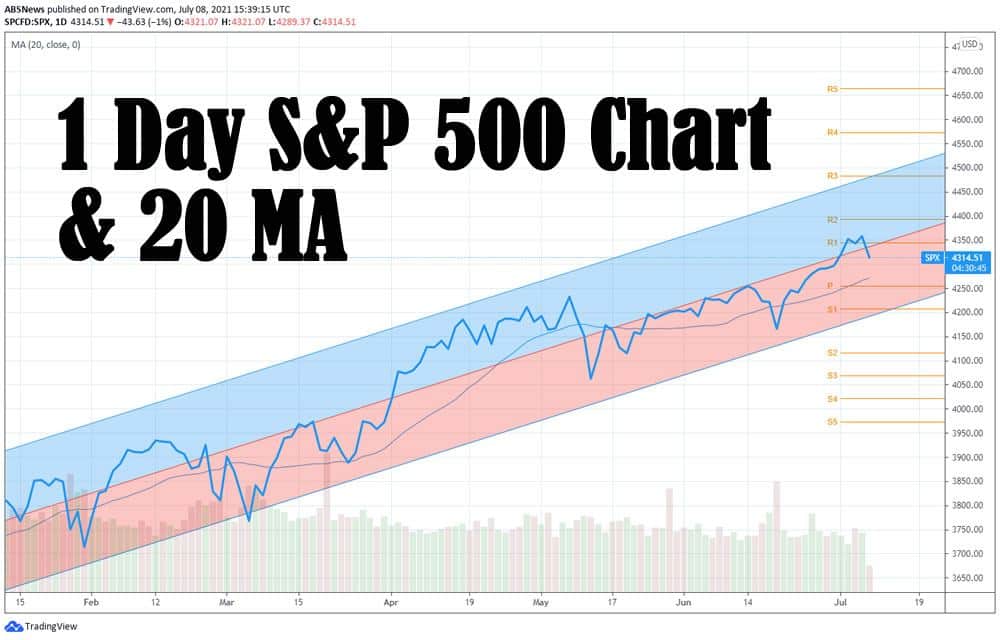Industrial blowers in the workplace are primarily taken for granted, and little attention is given to them. They can be used as an essential part of an industrial function or maintain air quality. However, all blowers are not the same. There are, in fact, two distinct types of industrial blowers, utilizing two very different design principles, they being those of a centrifugal design and those of an axial design.
Many different terms are used to describe these essential pieces of machinery, industrial ventilation blowers, exhaust blowers, and industrial exhaust blowers. They may all be the same as the layman, but they are very different in design and function. However, they are practically all of either centrifugal or axial design within the different designs and functions. The two design concepts have very different configurations, function in different ways, and have different workplace uses.
Industrial blowers should also not be confused with industrial fans. What’s the difference? Industrial fans have blades that are specifically designed to create a continuous airflow and circulate the air around in every direction. Industrial blowers are designed with impellers that channel the air in a specific direction and onwards towards another dispersal point.
Axial Blower Design
An axial fan is one in which the extracted air is forced to move in an axial direction, or parallel, to the shaft about which the blades rotate. The flow of gas remains axial at the point of entry and exit. The axial design creates a pressure difference, which causes a continuous flow of air through the appliance. The level of performance is primarily determined by the number of blades and their design shape. The applications for the axial design blowers are many and varied and include wind tunnels and cooling towers.
As a general rule, axial blowers will comprise fewer blades (two to six) than centrifugal fans. It is also common for axial blowers to have a larger radius and lower operating speed than centrifugal fans. An axial blower of equal flow and pressure to that of a centrifugal fan will also differ in other ways, typically:
The impeller is of a smaller diameter
It has a higher operating speed
Higher peripheral speed
Higher dynamic pressure
Noticeably smaller and lighter
Less expensive at the point of acquisition
Higher power consumption due to lower yield
The tendency to be noisier
Centrifugal Blower Design
Blowers of centrifugal design extract air at right angles to the intake. The air is spun and directed outwards to the outlet by deflection and centrifugal force. Centrifugal blowers have a fan wheel and blades which are attached to the driven circular hub. The rotation creates kinetic energy, which produces an increase in the volume of airflow, which is continually being moved radially at 90 degrees. Within a centrifugal blower, by utilizing ducts and dampers, the air pressure will be higher than that of an equivalently rated axial blower.
A centrifugal blower uses impellers designed to operate at a very high speed and produce a high-velocity airflow. Centrifugal blowers utilize one three different blade orientations, radial, forward-curved or backward curved. In most operating situations, power would be by the way an electric motor, driving through a belt and sheave arrangement, although it’s not uncommon for some blowers to have a direct-coupled drive motor.
Speed adjustment in a centrifugal blower is commonly achieved using dampers, although this is not the only method. Speed adjustment can also be achieved by resizing the sheaves or by having variable speed drives.
Shared Characteristics and Parameters
Be a blower of axial or centrifugal design; four governing parameters are the same and adhere to their function’s operational physics. They are:
Capacity (V)
Pressure (p)
Efficiency (η)
Speed of rotation (Rpm), Capacity (V). This refers to the quantity of air moved by the blower, by volume in time. Typically, this would be expressed as m3/h, m3/min., m3/sec.
Pressure (p). Taking static pressure (pst) (the energy required to withstand the opposing forces of the function) and the dynamic pressure (Pd) (the kinetic energy imparted to the moving air), as a sum, gives total pressure (pt). Thus, pst+pd=pt.
Efficiency (η). The overall efficiency is the ratio between the blower’s energy yield and the energy input required by the blower via the driving motor.
Speed of rotation (Rpm). This is the number of revolutions that the blower’s impeller must make within a given unit of time to achieve the required performance. If you’re looking for centrifugal or axial industrial blowers for your industry, visit Ferrari Asia Ventilation.
 Lifeyet News Lifeyet News
Lifeyet News Lifeyet News





